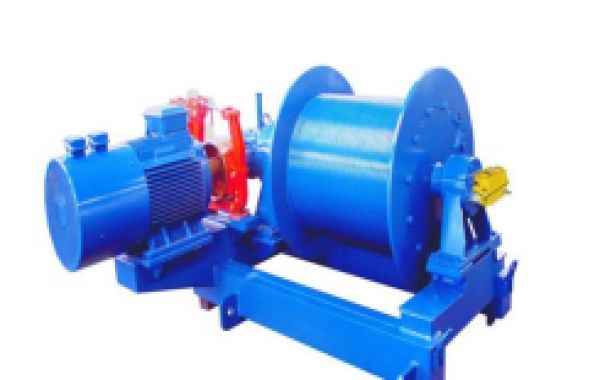Main Components of a Tower Crane
A tower crane is primarily composed of six essential components: the tower, jib, counterjib, slewing mechanism, climbing system, and operator's cab.
1. Tower
The tower serves as the main structure of a tower crane, typically constructed of steel for high strength and stability. It houses ladders and platforms for maintenance and inspection purposes. The tower's height can be adjusted to meet various working height requirements.
2. Jib
The jib is the primary component used for lifting loads. It is usually composed of multiple sections that can be extended or retracted to adjust its length. The end of the jib is equipped with a hook for attaching and lifting loads. A trolley runs along the jib to adjust the hook's position for precise lifting.
3. Counterjib
The counterjib is located on the opposite side of the tower from the jib. Its function is to counterbalance the overturning moment generated by the jib, ensuring the stability of the tower crane. Counterweights are usually placed on the counterjib to adjust the balance.
4. Slewing Mechanism
The slewing mechanism is located between the tower and the jib, allowing the jib to rotate 360 degrees in a horizontal plane. This enables the tower crane to lift loads in all directions, significantly improving its operational flexibility.
5. Climbing System
The climbing system is an essential component located at the top of the tower. It supports the jib and counterjib and is equipped with a hydraulic system that allows the tower to be raised, thereby adjusting the working height of the tower crane.
6. Operator's Cab
The operator's cab is the control center of the tower crane. It houses various control systems and instruments. The operator can monitor various parameters of the tower crane, such as load weight, working radius, and slewing angle, and control the crane's movements through the operating system.
In conclusion, the six primary components of a tower crane — the tower, jib, counterjib, slewing mechanism, climbing system, and operator's cab — work together to ensure the efficient and safe operation of the crane. Tower cranes play an indispensable role in construction sites due to their powerful lifting capacity and flexible operation.







